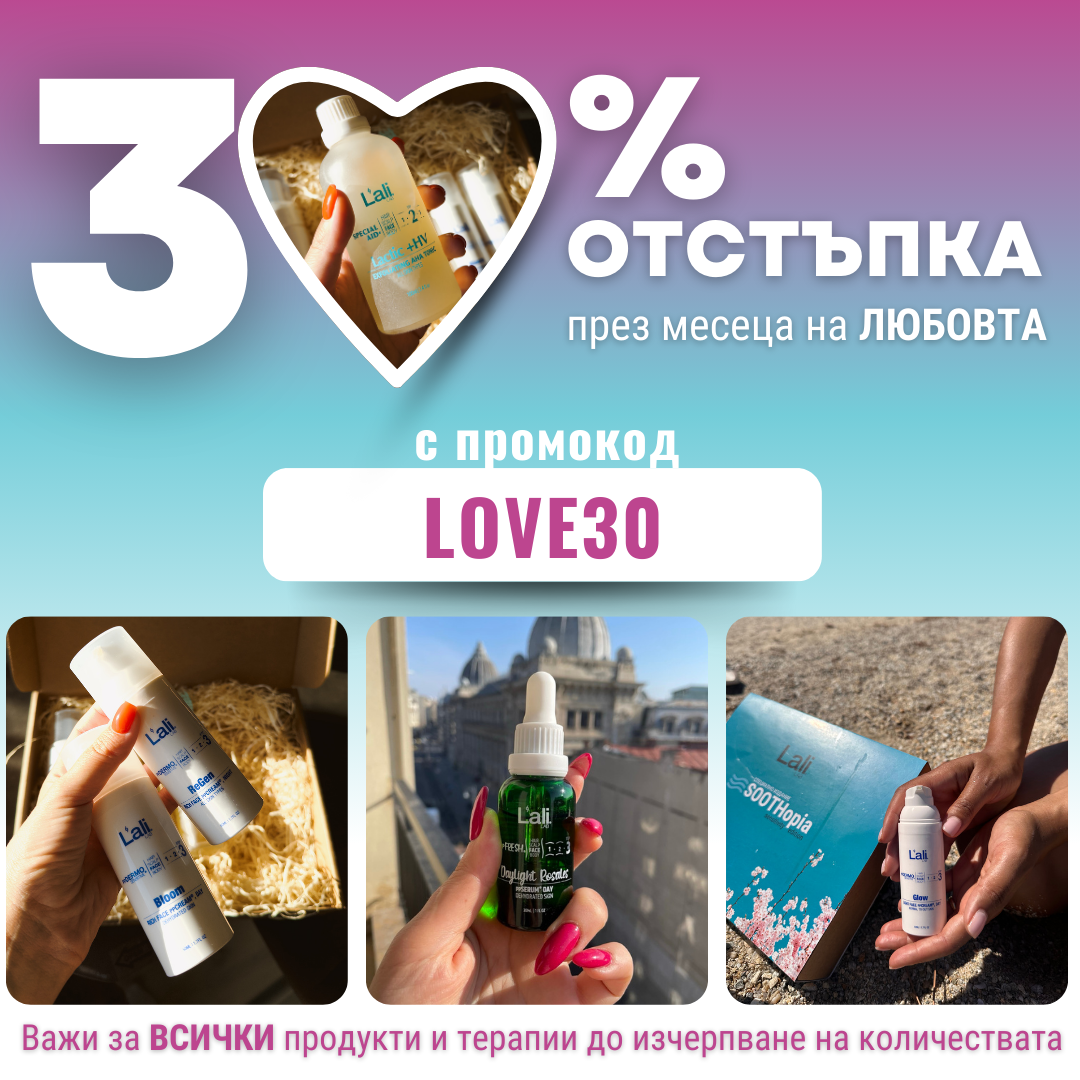Informed consent, IQ: I-question
Sensitive Skin Syndrome
What
What is Sensitive Skin Syndrome?
There is no consensus within the dermatologists’ guild regarding the definition and profile of symptoms that characterize sensitive skin. This condition was first described by Maibach in 1987 under the name Cosmetic Intolerance Syndrome (CIS). In 1990, Fischer changed the name to „status cosmeticus“. Subsequently, a number of reports indicated that this condition could also be caused by environmental factors (cold, heat, sun, pollution, moisture) and therefore the term was expanded to Sensitive Skin Syndrome (SSS) and described such as hypersensitivity, hyperreactivity, sensitivity, intolerance or skin irritation.
The sensations described by patients vary greatly: itching, burning, tingling, roughening or dryness of the skin. These symptoms can appear minutes to hours after contact with a cosmetic product / environmental stimulant or even after several episodes of use of a particular product, triggering the condition through a cumulative effect (accumulation of several factors).
SSS can manifest itself in two forms: objective and subjective. The objective form is characterized by basal dermatitis, which alters the protective skin barrier causing conditions such as atopic dermatitis and acne. In these cases, skin lesions such as erythema (rash), papules (white dots) and vesicles (bubbles) may be seen. In the subjective form, the patient usually self-diagnoses, since there are only sensations, without visible clinical signs on the skin.
When
When does SSS occur?
Who
Who has sensitive skin?
Sensitive skin is described as unpleasant sensory reactions to stimuli that should not provoke such sensations. Objectively measurable signs of irritation are not always present, however, subjective sensory effects such as itching, burning, stinging, tightness and dryness are constantly present. Given the subjective nature of the phenomenon, SSS is a diagnostic challenge and some authors even believe that it has a psychological origin. With increasing public interest, a number of studies have been conducted around the world.
A clinical study conducted with over 400 volunteers showed that 85% of people showed symptoms of sensitivity on the skin of the face, and 70% – on another part of the body (hands (58%), scalp (36%), feet (34%), neck (27%), torso (23%), back (21%)), and the causes of discomfort are mostly cold (66%), heat (28%), stress (61%), sun rays (51%), wind (42%), hard water from the aqueduct system (29%), water maintenance preparations in pools (40%), soaps (42%), cosmetics (28%), friction from coarse textiles (28%) and urban pollution in general (18%).
Studies show that young people are more likely to have sensitive skin. On the one hand, mature skin is characterized by changes in integrity and barrier functions, which would favor the occurrence of SSS, but on the other hand, the sense of touch decreases with age, as a result of which irritation tests become less sensitive.
|
Country |
People reporting sensitive skin(%) |
People with slightly or not sensitive skin (%) |
|
Japan |
54.47 |
45.53 |
|
Italy |
53.80 |
44.80 |
|
France |
51.90 |
48.10 |
|
USA |
44.60 |
55.40 |
|
Russia |
39.72 |
60.28 |
|
Germany |
35.60 |
64.20 |
|
Brazil |
34.22 |
65.78 |
|
Spain |
31.60 |
68.00 |
|
Switzerland |
30.80 |
68.00 |
|
Greece |
29.80 |
67.80 |
|
Portugal |
27.40 |
72.40 |
|
Belgium |
25.80 |
69.80 |
How
How to protect ourselves
Because sensitivity is a subjective metric, it is difficult to describe universal measures to address SSS. However, there are a few rules to help with prevention:
- Regular and proper cleaning of the skin
- Using cosmetics and laundry/cleaning products that do not contain possible allergens
- Active hydration for the whole body
- Limiting stress
- A varied diet
- Conscious consumerism – not only known allergens can cause sensitivity reactions, it is therefore important to know what we put in and on our bodies. Thus, we will more easily eliminate the possible irritant from our surroundings.
Which
Which products are suitable for sensitive skin?
The slogan „hypoallergenic cosmetics“ is now very popular. The word „hypoallergenic“ began to be used in 1975 in the USA, because of the frequent complaints of allergies caused by cosmetics, toys, fabrics and others. This name includes products that do not contain dyes, emulsifiers, fragrances, preservatives, etc., that can cause an unpleasant reaction. Such „hypoallergenic“ products should have undergone a test evaluation and their label should indicate a specific laboratory or institution that has clinically proven the hypoallergenic effect. Unfortunately, however, people with sensitive skin can be negatively affected by any product, as everyone’s sensitivity is strictly individual. Therefore, it is good to familiarize yourself with the composition before buying a cosmetic product and learn to recognize the raw materials used. The fewer products we use, the easier it will be to find where the irritation is coming from. Another good idea is to use products of only one brand, because usually the ingredients are repeated in individual products in different combinations and amounts. In this way, we will be able to control the final number of cosmetic ingredients that we offer to our body.
Who
Jourdain R, de Lacharrière O, Bastien P, Maibach HI. Ethnic variations in self-perceived sensitive skin: epidemiological survey. Contact Dermatitis 46.
Farage MA. The Prevalence of Sensitive Skin. Front Med (Lausanne). 2019
Berardesca E1, Farage M, Maibach H. Sensitive skin: an overview. Int J Cosmet Sci 35. 2013.
Maibach HI. The cosmetic intolerance syndrome. Ear Nose Throat J 66. 1987.
Fisher AA. Cutis. „Status cosmeticus“: a cosmetic intolerance syndrome. Cutis 46. 1990.
Lev-Tov H, Maibach HI. The sensitive skin syndrome. Indian J Dermatol 57. 2012
Richters R, Falcone D, Uzunbajakava N, Verkruysse W, van Erp P, van de Kerkhof P, et al. What Is Sensitive Skin? A Systematic Literature Review of Objective Measurements. Skin Pharmacol Physiol 28. 2015
Taieb C, Auges M, Georgescu V, Perez Cullell N, Miséry L. Sensitive skin in Brazil and Russia: an epidemiological and comparative approach. Eur J Dermatol. 24. 2014.
Saint-Martory C, Roguedas-Contios AM, Sibaud V, Degouy A, Schmitt AM, Misery L. Sensitive skin is not limited to the face. Br J Dermatol 2007.
Photo: Alexander Stemplewski



